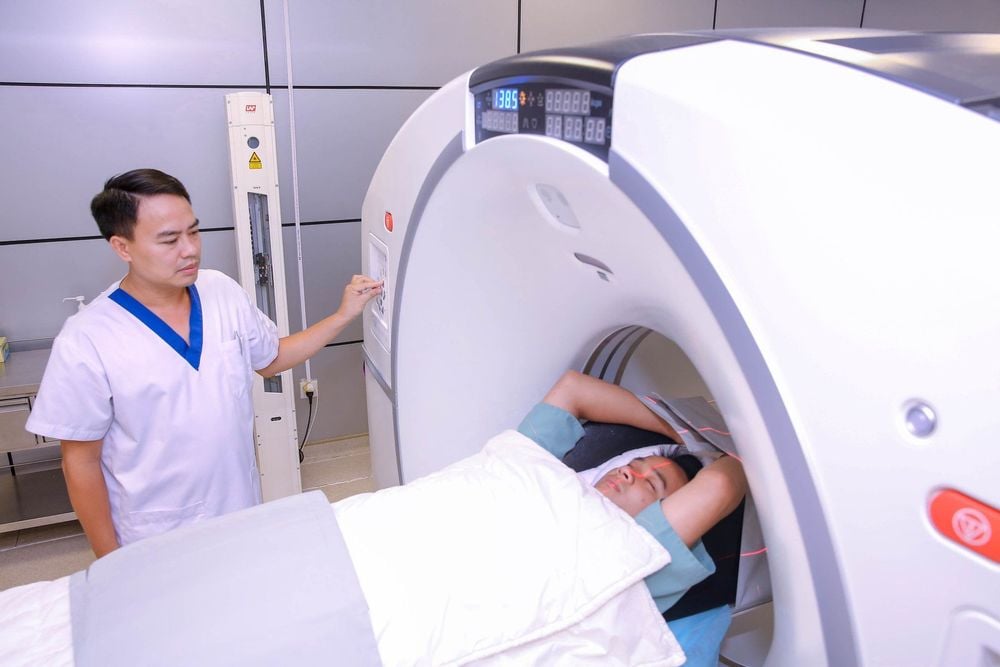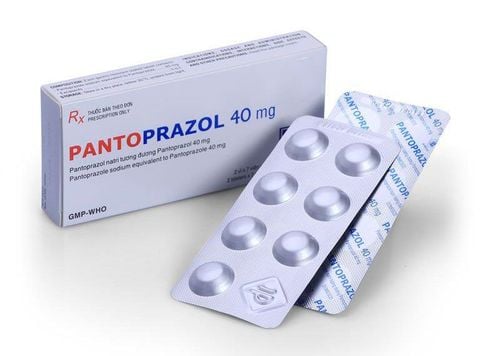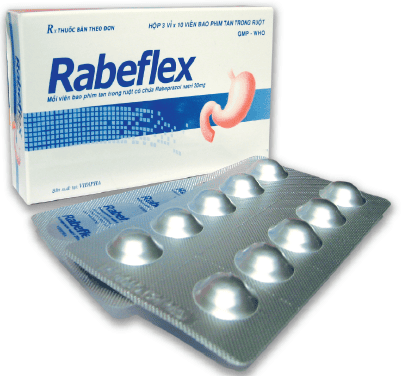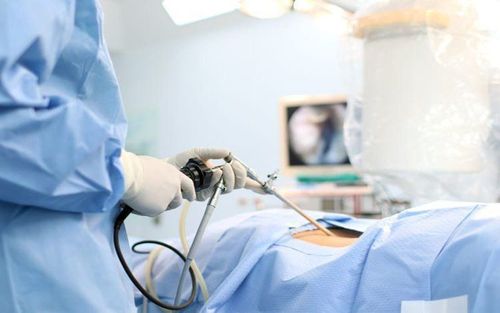This is an automatically translated article.
Article by Doctor Quach Thanh Dung - Department of Internal Oncology, Vinmec Times City International General HospitalEsophageal cancer is a malignant lesion of cells originating from the esophagus, which can occur in any position of the esophagus, the disease is more common in men than women. The mortality rate from esophageal cancer ranks 6th among cancers in the world, the incidence rate varies between regions. However, most diseases are related to smoking and alcohol consumption or nutritional habits and obesity.
1. Risk factors for the disease
Gastroesophageal reflux disease (GERD) Smoking Barrett's esophagus Obesity Alcoholism Bile reflux Habits of eating hard foods or very hot drinks Diet lacking in vegetables and fruits History of radiation therapy to the chest or abdomen above...

Hút thuốc lá có thể gây ung thư thực quản
2. Clinical symptoms of esophageal cancer
Progressive choking is a common symptom, usually progressing slowly over 3-4 months. The patient can only eat liquid food until completely choking
Pain when swallowing: common, pain behind the sternum. If the tumor is in the lower esophagus, you may experience epigastric pain.
Other associated symptoms such as belching, vomiting, increased salivation, and aspiration may also be a symptom or complication of a true-tracheobronchial fistula.
Signs of progressive, invasive disease:
Upper gastrointestinal bleeding manifests as vomiting blood, passing black stools. Pneumonia can be a symptom, but it can also be a complication. Persistent cough due to gastro-bronchial fistula. Difficulty speaking due to invasion of the recurrent laryngeal nerve... Systemic symptoms may be encountered: unexplained weight loss, dark skin, dry skin due to long-term lack of nutrition, anemia, fatigue...

Ung thư thực quản gây khó chịu cho người bệnh
3. Tests to do
Flexible esophagoscopy
Is the first and important test. Lesions may show ulcers, warts, hard infiltrates, or a combination. The location can be in the upper third, middle third or lower third. Through endoscopy to press biopsy and histopathological diagnosis.
Endoscopic ultrasound
See images of invasive lesions in esophageal wall layers, surrounding structures and metastatic lymph nodes to assess the extent of the disease.
Computerized tomography (CT), magnetic resonance imaging (MRI)
Commonly seen lesions are thickening of the esophageal wall, narrowing the lumen of the esophagus, invasive tumors, and metastatic lymph nodes.
PET/CT scan
Helps to accurately detect lesions, assess the extent of invasion and metastasis to diagnose the stage of the disease, thereby giving the best treatment plan.

Chụp PET/CT giúp phát hiện chính xác các tổn thương, đánh giá mức độ xâm lấn, di căn của ung thư thực quản
Histopathology
Help diagnose cell type, esophageal cancer is common squamous cell carcinoma in the upper third and middle third. Adenocarcinoma is common in the lower third.
4. Treatment of esophageal cancer
4.1 Surgery Radical surgeryIndications: for local lesions that have not spread to surrounding tissues and have not metastasized to distant sites. Can be resectable, the patient is in good condition. Usually applied to cancer of the lower third of the esophagus.
Methods: esophagectomy, lymph node dissection and esophagectomy. Surgery alone or in combination (preoperative chemoradiotherapy) can be performed.
Temporary surgery : Surgery to open the stomach to nourish in the case of esophageal tumor causing narrowing the patient cannot eat by mouth. In addition, endoscopic gastric bypass can be opened.

Điều trị bệnh ung thư thực quản bằng phẫu thuật
4.2 Chemotherapy and radical ablation Combined chemotherapy and radiation therapy
Indications: for patients with esophageal cancer who no longer require surgery.
Method: radiation therapy by accelerator combined with chemotherapy. Especially now, dose-modulated radiation therapy (IMRT) uses PET/CT images to simulate radiation therapy planning to bring about high efficiency in treatment, safety, increase survival time and reduce side effects. auxiliary for the patient.
Systemic chemotherapy: indicated in cases where cancer has spread, metastasized to many locations, no longer indicated for radical treatment.
4.3 Targeted treatment and immunotherapy With esophageal cancer Her2 receptor-positive adenocarcinoma, the use of Trastuzumab in combination with chemotherapy is highly effective in the first-step treatment of recurrent esophageal cancer, metastasis. Ramucizumab is also a novel monoclonal antibody recommended for second-line therapy.
For esophageal squamous cell carcinomas that express PD-L1 or express high MSI/MMR deficiency, whether Immunotherapy with Pembrolizumab promises to bring positive results.

Liệu pháp miễn dịch bằng thuốc
4.4 Palliative care Treatment Includes nutrition, symptom relief, pain relief, psychological support for the patient... These are also very important measures to be taken during the process. treatment of esophageal cancer. Vinmec is a trusted address for cancer patients with a team of experienced doctors, modern diagnostic equipment, international standard protocols and a full range of new, advanced and quality drugs. ... Doctors care and treat patients according to individualized regimens suitable for each person, in order to bring treatment efficiency as well as the highest quality of life for patients.
To register for examination and treatment at Vinmec International General Hospital, you can contact Vinmec Health System nationwide, or register online HERE
Source: Cancer.org, mayoclinic.org
SEE ALSO:
Identifying dysphagia in esophageal cancer Treatment of esophageal cancer Chemotherapy for esophageal cancer: What you need to know














